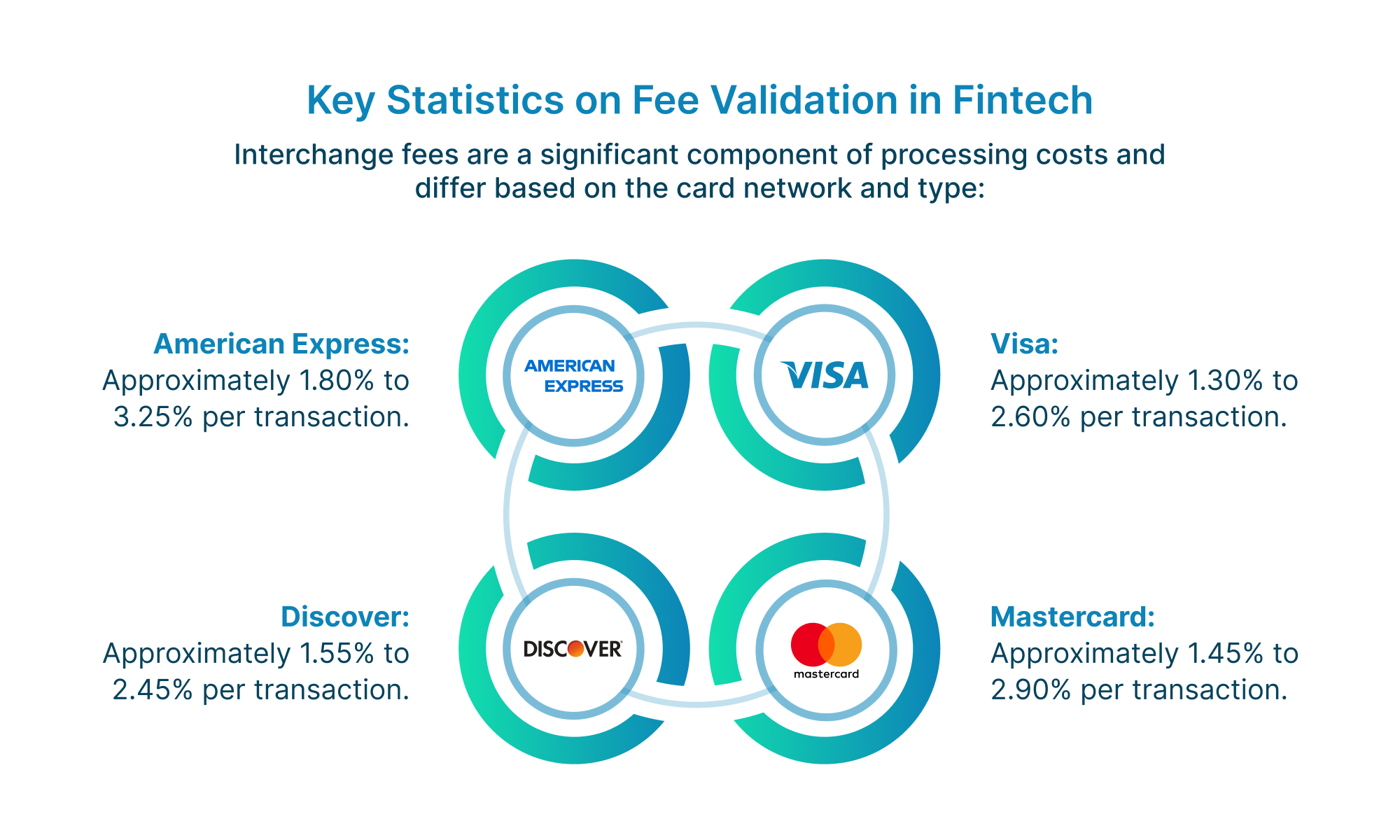Payment Reconciliation
The hidden compliance gaps in manual reconciliation workflows
Explore how manual reconciliation workflows expose organizations to hidden compliance risks, inefficiencies, and audit vulnerabilities.

Amrit Mohanty
Aug 5, 2025 (Last Updated: Aug 28, 2025)

Amid growing regulatory pressure and rising transaction volumes, manual reconciliation workflows continue to pose unexpected compliance risks for finance, accounting, and operations teams. While spreadsheets and manual processes are perceived as familiar and straightforward, they often mask hidden vulnerabilities. These weaknesses typically become evident only during audits or regulatory reviews, when it’s often too late and too expensive to fix them quickly.
Why manual reconciliation is still prevalent
Despite advances in automation, a large portion of organizations, particularly in financial services, still carry out reconciliations via spreadsheets and other manual methods. Manual reconciliation is a major pain point for 42% of finance professionals, leading to increased errors and inefficiencies in reporting. For companies with high transaction volumes, it delays visibility, disrupts cash flow management, and complicates month-end closures. As global transactions rise, the urgency to move beyond manual methods is growing. Reasons range from legacy habits and perceived cost barriers to comfort with tools such as Excel.
The compliance gaps in manual reconciliation
1. Error-Prone data handling
Manual data entry, copying, and spreadsheet-based work are highly susceptible to human error. A misplaced decimal, an unchecked formula, or a missed transaction can go unnoticed for months. According to the 2024 EY Global Corporate Reporting Survey, 96% of finance leaders report concerns about the integrity and reliability of their non‑financial data, highlighting pervasive issues with data formats (39%) and inconsistencies (35%).
- Impact: Errors may result in misstatements of financial results, incorrect filings, and potential non-compliance with regulatory reporting requirements. According to a global fraud study, organizations lose 5% of annual revenue to fraud, partly due to reconciliation gaps that mask or delay detection of fraudulent activity.
2. Lack of real-time insights and delayed responses
Manual workflows don't operate in real time. Delays are common as teams painstakingly match transactions, investigate exceptions, and cross-reference accounts. This means discrepancies may only be identified (and corrected) weeks or months later, increasing exposure to regulatory breaches and making it nearly impossible to meet tight reporting deadlines.
- Impact: Slow detection of issues risks late regulatory filings, inability to detect emerging fraud schemes, and operational disruptions. For instance, manual approaches account for up to 30% of business time spent on reconciliation and can delay month-end closes significantly.
3. Insufficient standardization and audit trails
Manual processes lack standardization; each staff member may interpret data differently, apply inconsistent rules, or omit required details. This directly results in incomplete audit trails, missing documentation, and difficulties in substantiating financial records during an audit.
- Impact: Failed audits, compliance penalties, and damaged stakeholder trust. In cross-border or regulated sectors, a lack of proper audit trails can mean delayed filings, fines, or even regulatory investigations.
4. Vulnerability to regulatory changes
Regulatory requirements evolve continually. Manual reconciliation processes, being slow to adapt, often fail to keep up with the latest compliance standards or changes in reporting cycles (e.g., T+1 settlement rules), which can lead to accidental non-compliance.
5. Hidden costs and resource drain
What looks like a small error or delay can quickly escalate. Manual reconciliation often results in duplicated entries, missed journals, and inconsistent counterparty treatments, which surface as major compliance failures during audits. A single spreadsheet with the wrong formula cost one financial firm nearly $3 million a year before it was caught.

The compounding cost of compliance gaps
The insidious nature of manual reconciliation inefficiencies is that they rarely surface in daily operations. They become apparent only when closely scrutinized—during audits, due diligence, or regulatory reviews. By then, errors are compounded, and fixes are prohibitively expensive. These gaps threaten not just compliance but also financial integrity, decision-making accuracy, and client trust.
How automation reduces compliance risk
Modern automated reconciliation platforms bring real-time matching, comprehensive audit trails, standardized rule sets, and exception management. Studies show automation reduces reconciliation time by up to 85%, significantly enhancing audit readiness and slashing compliance risk.
- Automated systems flag discrepancies instantly, reducing the window for errors or fraud.
- Standardization ensures consistency and easier reporting in line with evolving regulatory demands.
- Full audit trails aid substantiation during regulatory reviews and boost stakeholder confidence.
Conclusion
Manual reconciliation workflows may seem cost-effective at first glance, but they often conceal hidden compliance gaps. Errors, delays, undocumented exceptions, and weak audit trails not only threaten regulatory standing but also drain resources, lower team morale, and hinder business growth.
As transaction volumes and regulatory demands continue to rise, the case for automation goes beyond efficiency. It is about protecting the integrity of financial operations and preserving the organization’s reputation.

